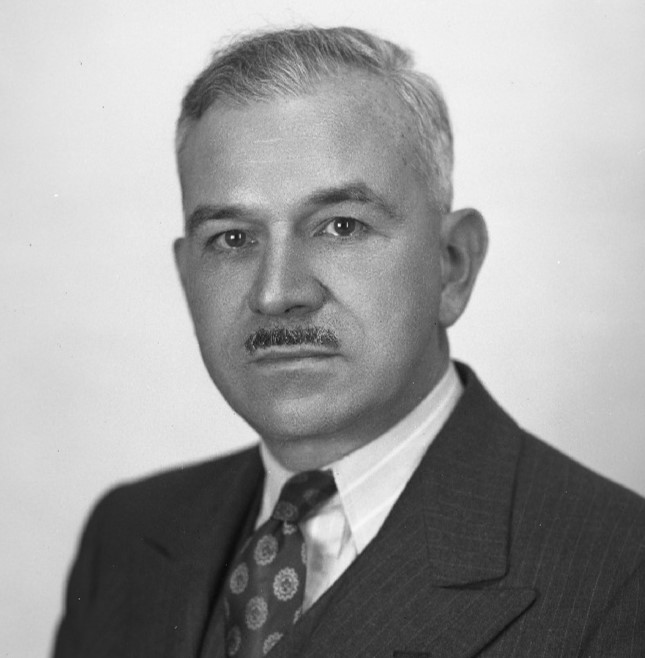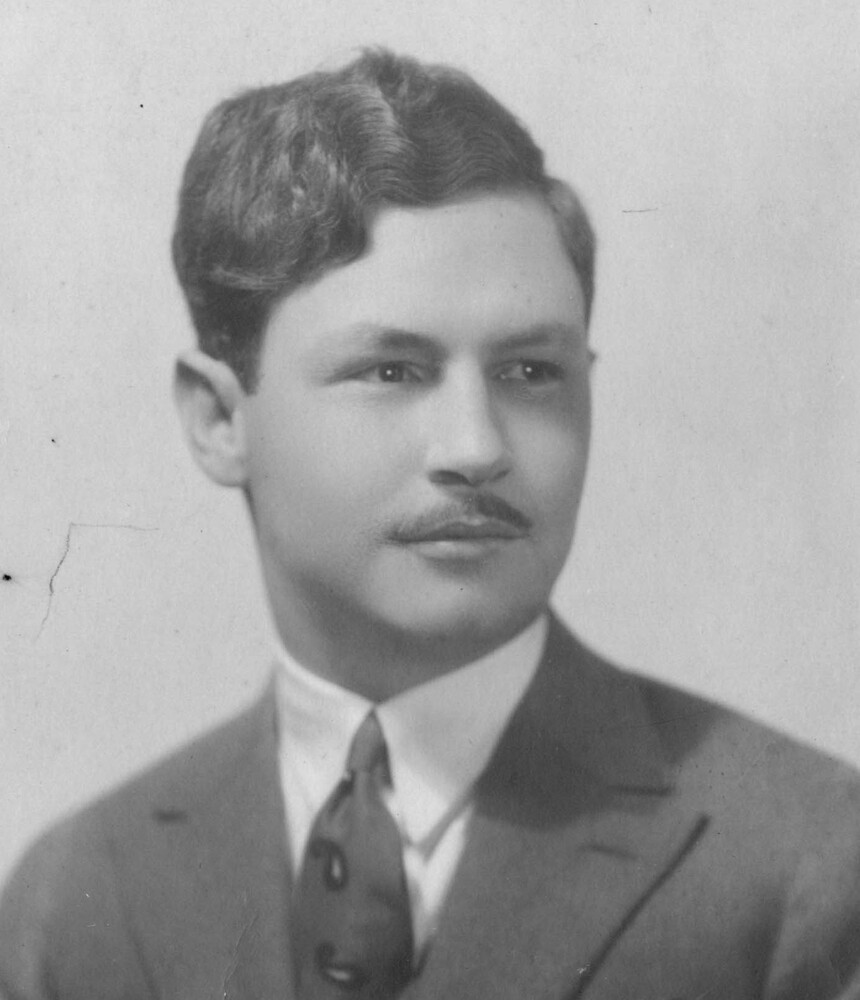Precarious Funding
Questions of funding at the Institute are getting more and more wearisome. As the City is cutting its fundings for the Institute by half, it is now both necessary and urgent to lay off part of the staff.
– Chronique des Sœurs Grises, March 30, 1934
Funding had always been an issue for the Radium Institute. Its relocation to Maisonneuve and subsequent conversion into a hospital specialized in cancer treatment was supposed to guarantee it a stable income. However, in 1931, a deficit of $63,000 was forecast for the following year. This shortfall could be explained mainly by the Radium Institute’s failure to get reimbursed for the treatment of the indigent patients by the City of Montréal.
An inquest launched by Doctor Alphonse Lessard, then Director of Public Assistance, found two reasons that may have explained this situation. Initially, the City of Montréal criticized the Institute for not staying true to its mission to treat cancer, by becoming something akin to a public clinic, offering patients radium treatment for all sorts of health problems ranging from tuberculosis to things like weight management. Later the inquest revealed that Montréal surgeons detested Gendreau, and were actively working to undermine him with local authorities. This hostility stemmed from Gendreau’s aggressive promotion of radiotherapy instead of surgery as a way to cure cancer.
Listen to the audio clip (in French) with the translated transcript : Letter Sent to the City of Montréal by Léon Lortie
In 1934, a 10-year agreement was struck between the City of Montréal and the provincial Government. Both agreed to give respectively $20,000 and $50,000 annually to the Institute. Despite all this, the hospital’s financial situation remained unstable. For instance, in September 1935, a nun was writing: “Still no money to pay for September’s dues.”
The Institute’s financial difficulties forced it to lower salaries, which in turn caused qualified personnel to leave for better-paying jobs. In January 1938, Doctor Albert Jutras quit the Radium Institute to work at the Hôtel-Dieu Hospital. We learned later that the “higher wages, and the title of Head of X-rays were the cause of his departure.” Moreover, an unsafe work environment added to the Institute’s financial problems.




